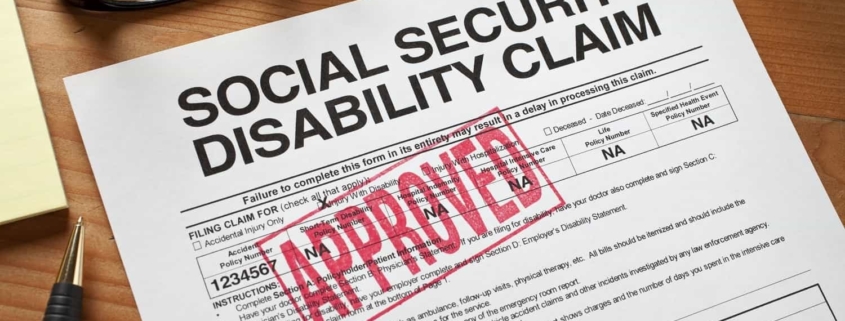Obtaining Social Security Benefits After a Denial
You applied for Social Security disability benefits, submitted all of your documentation, and have now received the dreaded denial letter in the mail. The first step: don’t panic. Well over half of SSDI applications are initially rejected, so a denial does not mean that you don’t qualify for benefits. In fact, a denial often means that you just haven’t provided enough documentation. This isn’t the time to give up. It’s time to figure out what your next step is and how you can get one step closer to receiving disability benefits.
Talking to a disability attorney can help you make the most of this time and avoid further delays. Schedule a consultation with a reputable attorney in your local area today.
Figuring Out Why You Were Denied
The first step is to figure out why you were denied. In the majority of cases, it isn’t that you aren’t “disabled enough.” For most people, it’s a matter of not providing enough proof of their disabilities.
The Social Security Administration is extremely thorough in their analysis of applications. If they can see with a quick glance that yours doesn’t have enough paperwork or documentation of your disability, they will either request more information or deny the application outright. This isn’t your sign to give up, it’s your sign to go back over your application and figure out how to make it stronger.
People often underestimate how much documentation the SSA wants. Anything that proves the extent of your disability, how it affects your daily life, and how it keeps you from working is relevant to them. It may seem unnecessary to provide documentation from multiple specialists when all of the documentation largely says the same thing, but confirmation of your disability from multiple medical professionals is actually very helpful to your case.
Going Through the Appeals Process
After your application has been denied, you have the chance to appeal it. Check your paperwork carefully—the appeals deadline is often quite close, so you either have to rush to meet that deadline or request an extension from the SSA. If you request an SSA, this gives you more time to meet with a disability attorney and take your time putting together a strong application file. If you let the appeals deadline pass without requesting an extension or submitting your appeal, you have to start the process over again.
Strengthening Your Application
How can you strengthen your application? In general, you want to provide more information. Go through your application in detail and try to look at it through the eyes of someone who has never met you, seen what your work entails, or seen how you get through daily life. Does your paperwork paint the picture of someone whose disability keeps them from working, or does it paint a vague picture of someone with a disability who may or may not still be able to work? You may worry about overwhelming the SSA with paperwork and medical records, but don’t. The more information they have, the easier it is for them to analyze your application and make an informed decision.
How an Attorney Can Help
This is also an excellent time to reach out to a disability attorney if you have not already hired one to help you with your application. An attorney that works exclusively on disability claims knows exactly what the SSA looks for, what a complete and thorough application looks like, and what leads to applications getting denied. They’ll also be aware of any recent changes in how the SSA works and how that may affect your application.
When you work with an experienced attorney, they can turn a critical eye to your SSDI application and uncover any gaps that may give the SSA pause. From there, they can advise you on what documentation you may need for a more thorough application. This takes a lot of the burden off of your shoulders and can make the entire process much less stressful.
Reach out to a skilled and knowledgeable Social Security Disability attorney in your local area today.




Leave a Reply
Want to join the discussion?Feel free to contribute!